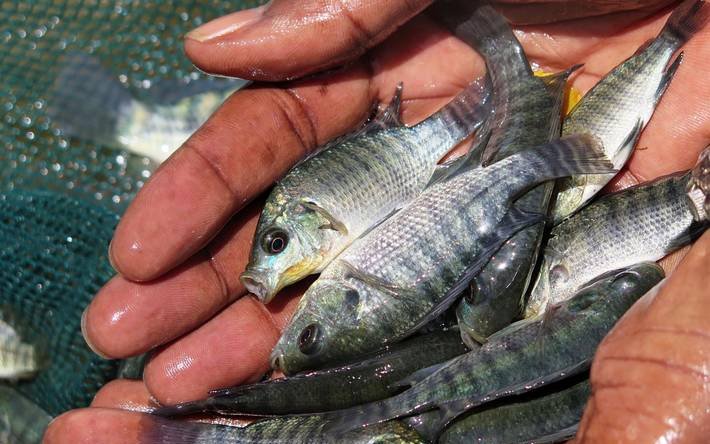Global fisheries and aquaculture have been hard hit by the COVID-19 pandemic and could face further disruption in 2021 as lockdowns affect supply and demand across the sector, according to a report by the Food and Agriculture Organization of the United Nations (FAO). The report, The impact of COVID-19 on fisheries and aquaculture food systems, was featured during the 34th session of the Committee on Fisheries (COFI) hosted by FAO.
Fish supply, consumption and trade revenues for 2020 are all expected to have declined due to containment restrictions, the report noted, while global aquaculture production is expected to fall by 1.3%, the first fall recorded by the sector in several years.
“The pandemic has caused widespread upheaval in fisheries and aquaculture as production has been disrupted, supply chains have been interrupted and consumer spending restricted by various lockdowns,” said FAO deputy director-general, Maria Helena Semedo. “Containment measures have provoked far-reaching changes, many of which are likely to persist in the long term.”
Aggregate prices for 2020, as measured by the Fish Price Index are down year-on-year for most traded species. Restaurant and hotel closures in many countries have also led to a fall in demand for fresh fish products. “The impact has been significant in developing countries, especially those with large informal sectors, where small-scale and artisanal workers and communities depend on fisheries for their food security, livelihoods. They have borne the brunt of restrictions,” Semedo said.
The FAO report indicated that in aquaculture there is growing evidence that unsold production will result in increasing levels of live fish stocks, creating higher costs for feeding as well as a greater number of fish mortalities. Sectors with longer production cycles, such as salmon, cannot adjust rapidly to the demand shifts.
Before the pandemic, the sector was on a general upwards trend. In 2018, global fisheries and aquaculture production (excluding aquatic plants) reached an all-time record of nearly 179 million tons. Overall capture fisheries, with 96.4 million tons represented 54% of the total, while aquaculture, with 82.1 million tons, accounted for 46%. And over the last decades, fish consumption has grown significantly to an average of over 20 kilos per person.
FAO has called for disruptive border restriction measures on trade in food to be minimized for food security. The report called for sectoral and regional organizations to work together in order to manage fisheries and aquaculture during the pandemic, with measures that support job protection and ensure fast recovery of the sector without compromising sustainability. Uncertainty continues to dominate the outlook for the fisheries and aquaculture sectors, particularly with regard to the duration and severity of the pandemic.
Download The impact of COVID-19 on fisheries and aquaculture food systems below.
global-fisheries-and-aquaculture-hard-hit-by-covid-19-pandemic-fao-reports










